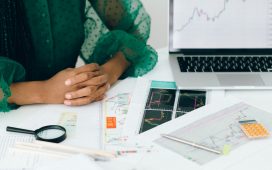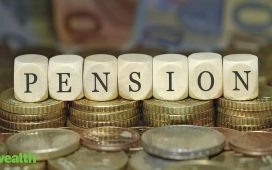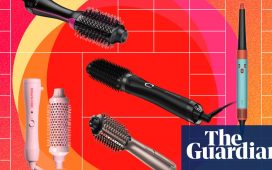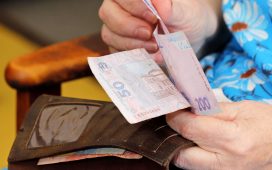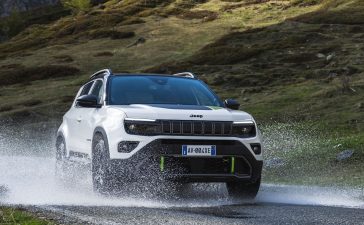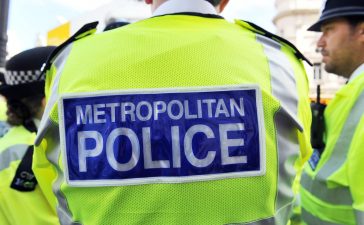Many of us don’t carry cash anymore because we have moved almost entirely to contactless and card payments.
But you might have some coins at home that could be worth lots of money, so it might be worth your while to check your old coins for special signs that indicate their high value.
Mat Biernacki, a coin pro at Vintage Cash Cow, says there are five key things to look out for.
1. It has a low mintage number (it’s rare)
Mintage is all about how many coins were made. Mat explains: “A coin’s mintage is the number of coins that have been produced.”
He said: “For example, if the mintage number is 100,000, only 100,000 of the specific coin have been produced.
This means that the lower the mintage, the rarer the coin. And – you guessed it – the rarer a coin, the more likely it is to be valuable.”
Sometimes, a few coins are made for a specific occasion, like a big event. Mat adds: “However, it can also occur due to ageing as coins can originally be issued in the thousands or millions, but are gradually lost, worn down and therefore become rare.”
You can check the mintage number of a British coin by looking at the Royal Mint’s website.
2. It’s popular
Just like most things, the value of a coin is influenced by how many people want it. The more people want one, the higher its price. But if not many people want it, the price can drop.
While the number of coins made sets the initial supply, according to Biernacki, demand is driven by things like collector interest, historical importance, trends and overall popularity. All of these things often work together to influence the value of a coin.
However, sometimes a coin with a low mintage might have inherent rarity, but if there is no demand, the price may not be as high, and vice versa.
According to the expert: “A recent example of this is the death of Queen Elizabeth II. Demand for coins and notes featuring her portrait have soared and therefore their value has increased significantly even in those with a relatively high mintage.”
3. It’s in good shape
The expert says it is important to make sure your coin is in good condition as it is “intrinsic” to the coin’s value. This means even if you have a coin with a low mintage that’s in high demand, it could be worth little to nothing if it’s in really bad condition.
He added: “Generally speaking, the better the condition of the coin, the more it will be worth to a collector. In fact, a coin in perfect condition could be worth hundreds of times more than a poor-quality version of the same coin.”
Antique coins in top shape are super rare and can be worth loads more, even if they’re not that popular. “This is because antique coins in ‘mint’ (and in some cases, even presentable) condition are extremely rare. In fact, even a lower demand coin can be worth significantly more than its average value if it’s in flawless condition.”
You might think you can check how good your coin is, but it’s tricky to get it right. “It’s possible to ‘grade’ your coin yourself, but it takes years of experience to do it correctly. Instead, you could send your coin collection to a coin specialist, such as Vintage Cash Cow, who’ll value them for free.”
4. It has historical significance
Coins that commemorate big events or times from the past can be worth a lot too. They’re often made just a few at a time, so they’re pretty rare.
People love these coins because they remind them of special memories. There have been loads of these coins made in the UK for things like Royal parties, famous people, and big moments in history.
And guess what? Coins that were made by mistake can be worth a fortune!
5. It was struck with an error
The expert, Biernacki, says to watch out for rare mistakes on coins: “Very few coins with ‘minting’ errors actually make it into circulation, as they’re spotted at the mint’s quality control before they make it into circulation. This means the error coins that do make it out are often incredibly rare so if you have one in your collection, it could be worth a small fortune.”
He adds that a coin with a rotated die or one that is struck off centre can be super valuable. “For example, a coin with a rotated die when the reverse of one side of the coin isn’t perfectly aligned with the other could be extremely valuable. The design on the coin should be the same way up as the Queen’s head when the coin is turned over. The more rotated the other side, the more valuable the coin could be.”
“Another valuable error is when a coin is struck off centre and is therefore missing part of the design. These coins can be highly valuable, but it does depend on how far off centre they’re struck and the specific impact this has had on the design. For example, a missing date or digit due to being struck off centre could actually end up lowering the value.”


